This review is taken from PN Review 134, Volume 26 Number 6, July - August 2000.
on J. Hillis Miller and Manuel Asensi
J. Hillis Miller, Black Holes
MANUEL ASENSI, J. Hillis Miller
MANUEL ASENSI, J. Hillis Miller
Manuel Asensi, J. Hillis Miller; or, Boustrophedonic Reading, trans. Mabel Richart (Stanford University Press) £
Bous, the ancient Greek word for 'ox', has a significant place in a key text of early Modernism: it is one of the names which his fellow-students mockingly bestow on Stephen Dedalus in Joyce's Portrait (1916). As the twentieth century turns into the twenty-first, it is doubtless appropriate that the word reappears in Manuel Asensi's text in a compound form that incorporates the idea of turning - as the Preface of this book tells us, 'boustrophedonic', combining bous and strophe, 'turn', means 'turning back and forth, as an ox ploughs a field' (p. ix). It is also perhaps a sign of the times that this term is not applied, as in Joyce, to a would-be artist, but to a well-established critic with whom PN Review has had one or two skirmishes: J. Hillis Miller (see PNR32, 33, 81). This book offers, in part, an exploration by Asensi, a Spanish academic, of Miller's criticism: but it also offers a text by Miller himself, and for much of the book these two texts are printed on facing pages, Asensi's on the left, Miller's on the right: in this respect, the book itself is boustrophedonic, if in a rather complicated way - as if two oxen were responsible for ploughing alternate furrows. This also complicates the position of the reader, who is faced with the question of how the book should be read: in practice, one suspects, most readers will treat this almost as if it were two separate books, reading one ...
The page you have requested is restricted to subscribers only. Please enter your username and password and click on 'Continue':
If you have forgotten your username and password, please enter the email address you used when you joined. Your login details will then be emailed to the address specified.
If you are not a subscriber and would like to enjoy the 291 issues containing over 11,700 poems, articles, reports, interviews and reviews,
why not subscribe to the website today?
